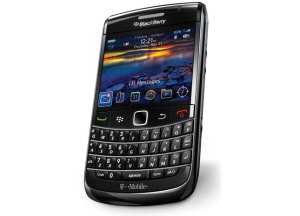
Canada’s Research in Motion has announced a distribution deal with Digital China Holdings Limited that will see the company’s BlackBerry devices go on sale nationwide in China, using Digital China Holdings’ nationwide distribution network. With an estimated mobile phone user base of over 700 million people, China represents the largest and potentially most lucrative mobile market on the planet, and RIM hopes to tap into pent up demand for smartphones with its BlackBerry devices. The companies have not announced what BlackBerry devices will initially be offered for sale under the deal, or whether their pricing and capabilities will be different than models available in other markets.
“As the leading IT service provider and distributor in China, Digital China has always believed in advanced and cutting-edge products that deliver value to Chinese customers,” said Digital China CEO and chairman Guo Wei, in a statement. “Through this collaboration, RIM will leverage Digital China’s proven professional services and nationwide coverage to reach more customers and to increase the visibility of the BlackBerry solution across the country.”
Digital China is a unit of Legend Holdings, which is also the parent company of computer maker Lenovo.
Most major computer and mobile electronics manufacturers are eager to do business in China, with companies like Dell being particularly aggressive in trying to get its products into legitimate consumer channels. However, as attractive as China’s sheer market size can be, most western electronics companies face difficulty trying to win significant business there. For instance, Apple’s iPhone is now on sale in China; however, the phone is priced higher than almost all its competitors and, unlike iPhones available elsewhere, lacks Wi-Fi capability. It’s not clear whether RIM devices offered in China will also have reduced capabilities compared to models available in other countries.
China also boasts a tremendous grey market for electronics, wherein devices are imported from other markets and unlocked to operate on China’s mobile networks. Grey market devices not only offer features not available through traditional channels, but are much cheaper to consumers, since they avoid having to pay taxes and subsidies, or even undergo regulatory scrutiny from the Chinese government.


